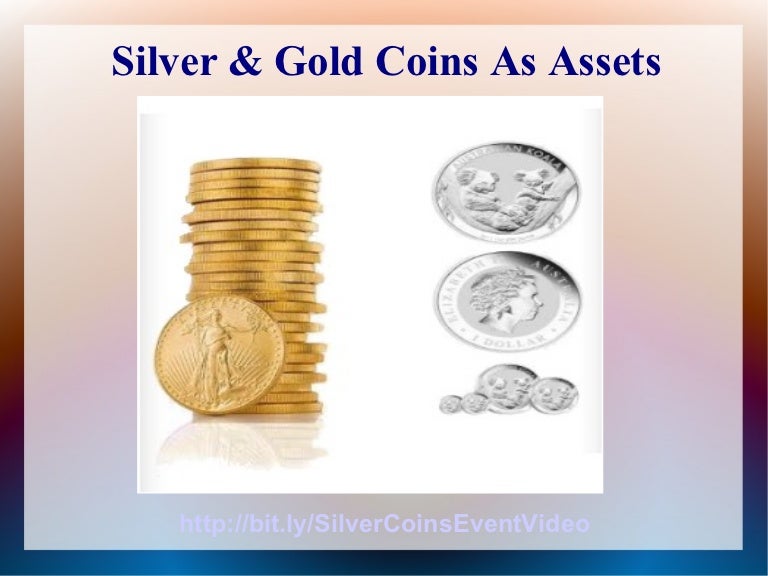

The coins are valuable, indeed, but - what is their value? They can be designated as "legal tender", they are a product of the Treasury, but the problem does not go away - what is the value of these coins?Įach individual would have a different idea regarding the value of these coins with no face value! And the ideas of each individual would change hourly, according to the quoted price of silver on the international exchanges. However, the miner having turned his silver bullion into coins with no face value - or with a face value far below the intrinsic value, which negates the coin's monetary function - is now faced with the problem of what to do with them. It would be an acceptable State expenditure, indeed, a quite legitimate function of the Treasury.

There is no subsidy at all involved if there is a cost for minting, it could reasonably be attributed to social and economic policy for the benefit of the community in general.
#Free coinage of silver free#
If the face value is superior to the bullion value of the silver in the coins, then the miners who are taking their silver to the Mint are obtaining a State subsidy of their mining operations, which is politically objectionable.Īlternatively, if we are proposing the free coinage of a coin with no face value, then the situation is different. If the face value is equal to the intrinsic value of the silver, then within a week's time the silver coinage would probably be on its way back to the refinery, the price of silver having gone up in the meantime and made the melted coins worth more than the coins themselves. Mint, for instance, and have it turned into silver coins with a face value that is less than the bullion value of the silver in the coins! No one is going to take silver bullion to the U.S. If we propose the free coinage of a coin with a face value, then the face value must be superior or equal to the intrinsic value of silver. Would we propose the free coinage of a coin with a face value, or with no face value? Some people suppose that re-instituting this practice of centuries prior to the 1800's, which was indeed entirely wholesome and beneficial in its time, would produce the same wonderful results today supposedly, the restoration of this institution would restore stability, growth savings and true and lasting prosperity.įirst we must think of what sort of "free coinage" of silver we are thinking of. The new gold was turned into money and increased the money supply because gold was money.Īnother idea has been floated, regarding doing the same with silver: "Opening the Mint to Silver" is the same idea as free coinage of gold, outlined above, but applied to silver. Thus, the owner of gold bullion converted his bullion directly into money which could be saved, invested or spent at will.

This was done at no cost to the owner of bullion as a government service to the economy. Under this system, any owner of gold bullion could take his bullion to the Royal Mint and have it minted into coins containing exactly the same amount of gold. This institution was the free minting of gold practiced by Great Britain in its heyday of growth, world economic and financial power. Supplies of silver decreased during the 1960s and in 1970 the Treasury stopped using silver and sold its surplus stock.Some people think that one of the fundamental institutions of the 19th century should be restored we single out Great Britain as the great leader embracing this institution. Franklin Delano Roosevelt passed legislation securing guaranteed US Treasury purchases of silver for use in coins. Following the 1900 election, a Republican Congress passed the Gold Standard Act, which made gold the sole standard of currency. Eastern bankers were blamed for a depressed silver market, and the Democratic Party adopted the demand for unlimited free silver in the presidential campaign of 1896.

In 1890 the Sherman Silver Purchase Act doubled the agreed issue of silver, but following a stockmarket crisis in 1893 the Act was repealed. A protest movement resulted, and in 1878 the silver dollar became legal tender, the US Treasury agreeing to purchase silver to turn into coins. Silver miners wished to see unlimited production, but in 1873 Congress refused to include the silver dollar in its list of authorized coins. Following the gold rushes of the 1850s and 1860s, large deposits of silver were discovered in the West. A movement in the 19th century in the USA for an unlimited silver coinage.


 0 kommentar(er)
0 kommentar(er)
